Descending the Retirement Mountain: Why the Climb Down Matters More Than the Ascent
08-15-2024
August 15, 2024
Mount Everest, standing at 29,031 feet, is the highest and one of the most dangerous peaks on Earth. Many climbers have lost their lives attempting the journey, but what might surprise you is that most fatalities occur on the way down, not up. The thrill of reaching the summit often blinds climbers to the dangers that lie ahead on the descent, leading to tragic outcomes.
This scenario is a fitting analogy for retirement planning. Just like climbing down Everest requires a different set of skills, the descent into retirement demands a new approach to managing your finances. The challenges you face in retirement are very different from those you faced while accumulating wealth.
The Retirement Descent: New Risks to Manage
As you approach and enter retirement, you face a unique set of risks that can threaten your financial security. Some of these risks include:
- Sequence of Returns Risk: The order in which you experience market gains and losses becomes crucial in retirement. A market downturn early in your retirement can have a devastating impact on your savings if you’re drawing down assets for income.
- Healthcare and Long-Term Care Costs: Over 75% of those age 65 and over will have some type of LTC event happen in their life. Without proper planning, these costs can quickly drain your savings.
- Tax Risk: Managing taxes becomes more complex in retirement. Withdrawals from certain accounts, Social Security, and other income sources all have tax implications that need careful planning.
- Longevity Risk: With people living longer, there’s a real possibility that your savings might not last as long as you do. Planning for a longer life is essential to avoid outliving your assets.
- Market Risk: While market risk affects everyone, it’s particularly concerning in retirement when you may no longer have the time to recover from losses.
- Inflation Risk: Inflation can erode the purchasing power of your savings over time. It’s important to have a strategy that keeps pace with inflation.
- Death: Planning for the inevitable, including estate planning and ensuring your loved ones are taken care of, is a crucial part of retirement planning.
Why the Descent Requires a New Strategy
During your working years, the focus was on building and growing your wealth. But once you retire, the goal shifts to preserving that wealth and making it last. This phase of life—what we call the “descent”—requires a different strategy.
- Withdrawal Strategy: You’ll need to develop a plan for how much to withdraw each year so you don’t run out of money. This strategy should be flexible to adjust for market conditions and personal needs.
- Income Planning: You need to ensure a steady income stream in retirement while also protecting your savings. This might involve using annuities, bonds, or other income-generating investments.
- Investment Adjustments: Your investment strategy should change as you approach and enter retirement. The focus shifts from growth to protecting what you’ve built while still achieving some growth to combat inflation.
The Need for a New Guide
Just like climbers need a guide to safely navigate the descent from Everest, you need a trusted advisor to help manage the complexities of retirement. An advisor can help you:
– Create a Comprehensive Plan: Addressing all aspects of your retirement, including healthcare costs, taxes, income, and investment strategies.
– Monitor and Adjust: Retirement isn’t a set-it-and-forget-it phase. Your plan will need regular adjustments to adapt to changes in the market, tax laws, and your personal circumstances.
– Manage Risks: Identifying and managing the key risks specific to your situation to ensure your financial security in retirement.
Let’s Talk About Your Retirement Descent
You’ve worked hard to reach the peak of your career and accumulate your retirement savings. But the journey doesn’t end there. The descent—navigating your retirement years—requires careful planning and a different approach.
If you’re nearing retirement or already in it, you might benefit from a new guide—someone who specializes in helping people safely navigate the risks of retirement.
